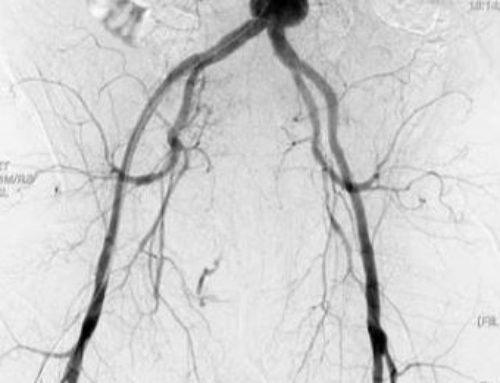∙ Note that most mediastinal widening which can be seen on X-ray in trauma is venous bleeding.
AT PRESENTATION
- -approximately 90% of injuries occur at the isthmus. D/D = ductus diverticulum. and
- – 3% diaphragm
- – 5-10% ascending aorta – these are most common overall, but unfortunately this often proves to be fatal die in the field. Pericardium wraps over the root, so the patients rupture into a big pericardial tamponade. ∙ CTA EVALUATION
DIRECT SIGNS OF INJURY
dissection, pseudoaneurysm, transection, extravasation. These go straight to surgery.
INDIRECT SIGNS
- Hematoma – most of this is venous bleeding.
- Blood touching/surrounding aorta ???? should go to angio
- Mediastinal hematoma not touching aorta ???? conservative management, likely venous bleeding.
- Sternal fracture
- D/D for isthmic pseudoaneurysm = ductus diverticulum (present in 9% of patients). ∙ TX: Very often surgery. Stent grafts are increasingly used – must evaluate the proximal and distal “landing zones” for adequate footing and potential covering of the supra-aortic artery origins. If you cover the left subclavian artery, you can (a) watchful wait – often there is plenty of collateral through the circle of Willis, (b) carotid-subclavian bypass, (c) subclavian-subclavian bypass.
| Internal Mammary Artery injury can occur with chest trauma and result in large hemothorax or hematoma. TX is coil embolization. |



